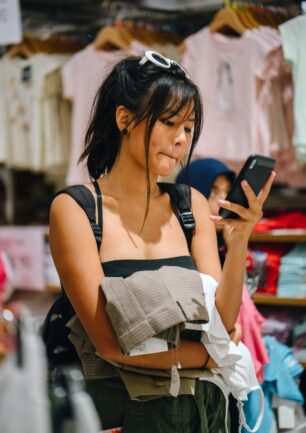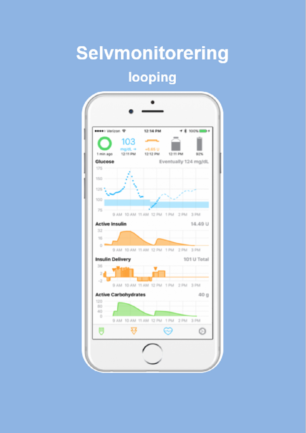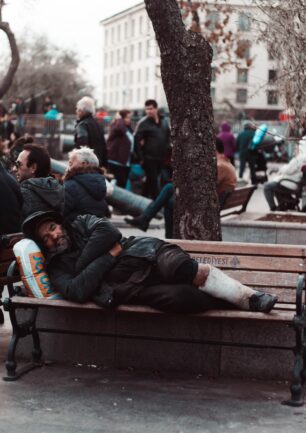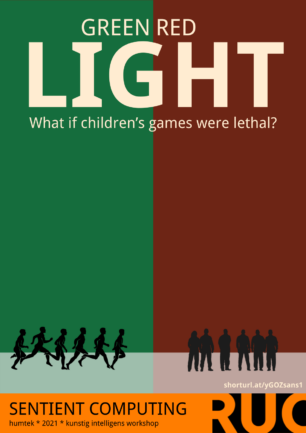Fast Fashion
The paper examines reasons for why individuals buy and use clothes and how notions of sustainability is seen in relation to clothing consumption whereby the study is conducted as a case study with a focus on Danish individuals between the age 18 to 29. This study’s point of departure is positioned around questions on how to handle consumerism, in a world where resources are limited and considerations on the environmental impact of overconsumption must be made. Therefore, firstly accounts on sustainability and with a view on the phenomenon of Fast Fashion is presented.



